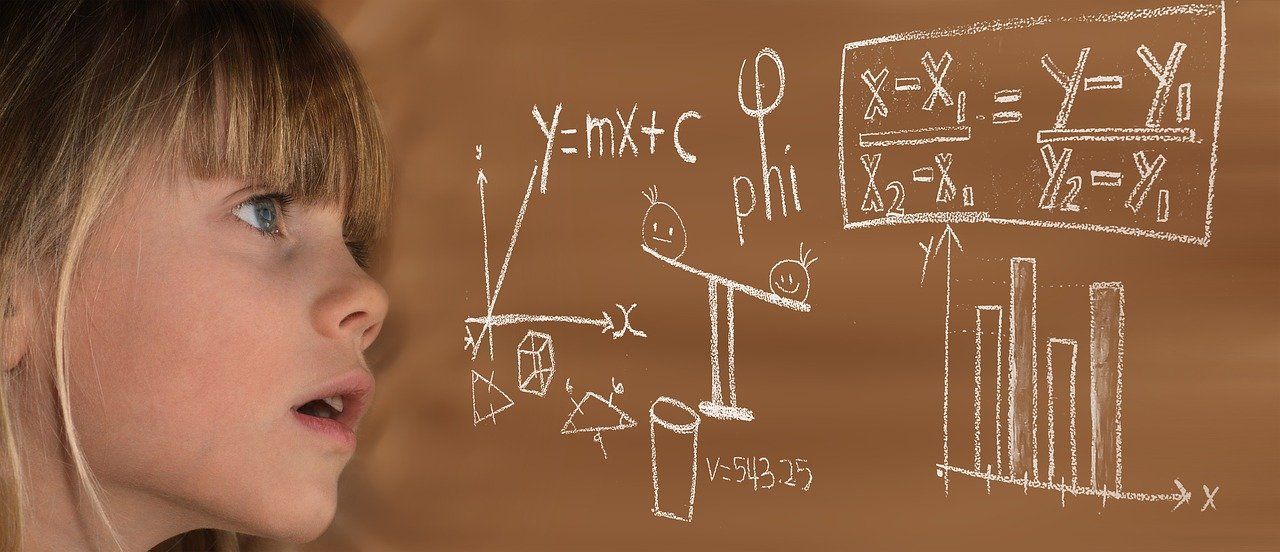
🧮 New method will teach children to count better
Preschool children who learn to count in a new way become better at solving more complex tasks and gain better self-esteem when it comes to mathematics.
Share this story!
Children normally learn to count by counting forwards and backwards one step at a time. To calculate, for example, six plus two, the child starts from six and counts up on the fingers to seven, eight.
It works well for simple calculations, but it does not provide a basic understanding of how mathematics works, according to researchers from the University of Gothenburg. They have developed a new method that will make it easier for the children to handle the transition to more advanced calculations.
"It entails young children getting a deeper understanding of numbers. We have used methods that make children experience and see numbers in front of them and to perceive numbers as composite parts" says Camilla Björklund, professor of pedagogy at the University of Gothenburg, in a press release.
Basically, the method involves children learning to see numbers as parts of a whole. When the method was tested in preschools, for example, the preschool teachers told a story about eight elephants who are out for a walk and where three of the elephants suddenly run away. When the story is told, the children use their fingers to visualize what is happening and then see very concretely that the number eight consists of five and three, and that five remains when three is gone.
"We use our fingers. But not to count up and down in the traditional way. Instead, it's about seeing the numbers with the help of your fingers. It is a support for the children to understand and see sums or parts of sums. They grasp the principles very quickly" says Angelika Kullberg, professor of subject didactics at the University of Gothenburg and another of the researchers behind the study.
103 children at five preschools were allowed to take part in an experiment where half learned to count in the usual way, while the other half used the new method.
"The children in the intervention group were able to solve arithmetic tasks in addition and subtraction to a greater extent than those in the control group. There were also qualitative differences. The children in the intervention group were significantly better at complex tasks, had a deeper understanding of numbers and thought in a more abstract way. These are abilities that we know from previous research are important to continue developing. In addition, the children in the intervention group felt more confident about taking on arithmetic tasks. They had gained a belief that they can solve mathematical problems, a better self-esteem" says Camilla Björklund.
By becoming a premium supporter, you help in the creation and sharing of fact-based optimistic news all over the world.


